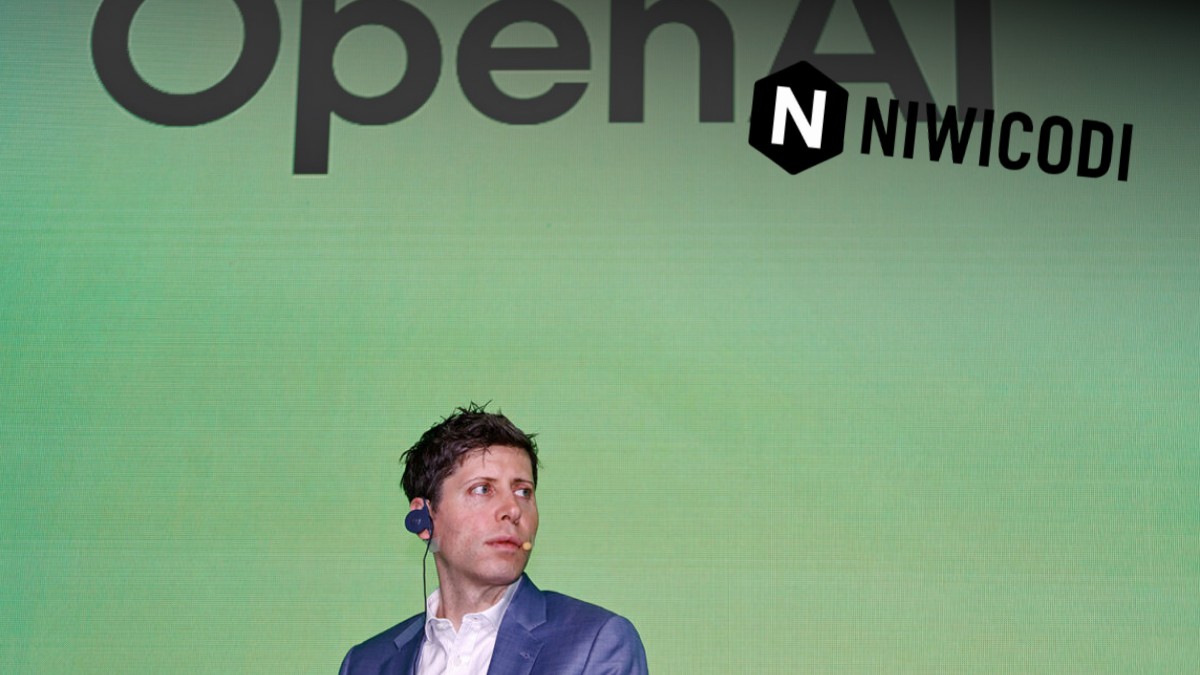In the fast-evolving world of artificial intelligence, OpenAI is setting its sights on a bold new horizon: creating what Sam Altman describes as a “legitimate AI researcher” by 2028. This ambition is not just about pushing boundaries; it’s about redefining what we expect from AI systems.
The Path to an AI Researcher
At the heart of OpenAI’s strategy lies a dual approach: refining algorithms and amplifying “test time compute.” Let’s unpack this. Algorithmic innovation is the engine driving AI’s progress. It’s about crafting more elegant, efficient, and capable models. But where it gets particularly intriguing is in the realm of test time compute—essentially extending the time models spend processing and analyzing data.
Think of it as giving an AI more time to ponder over complex problems, akin to how a researcher might delve into a challenging hypothesis. This isn’t just about crunching numbers faster; it’s about nurturing depth of understanding in machines. The ability to synthesize vast amounts of information and draw nuanced conclusions could transform AI from a tool into a collaborator.
This shift towards deeper computational thinking raises questions about the infrastructure supporting these advances. Scaling test time compute requires significant resources, both in terms of hardware and energy. But the potential payoffs—AI systems capable of genuine research contributions—could justify the investment. To read TechCrunch Disrupt 2025 sparks a shift toward decentralization
Moreover, this journey towards an AI researcher isn’t just technical; it’s philosophical. What does it mean for an AI to “think”? Can machines attain a level of creativity or intuition akin to human researchers? These are not just theoretical musings—they’re practical challenges that teams at OpenAI are likely tackling head-on.
Ultimately, as we march toward 2028, the landscape of AI will continue to evolve. OpenAI’s ambitions signal not just technological advancement but a cultural shift in how we view artificial intelligence’s role in society. Whether they achieve their vision or not, the pursuit itself will push boundaries of what machines can do—and perhaps redefine our relationship with technology itself.
As we stand on this threshold, it’s worth reflecting on what kind of future we want with AI at our side. The path is laden with technical hurdles, yet the potential to revolutionize fields from medicine to environmental science makes this endeavor not only exciting but essential.


